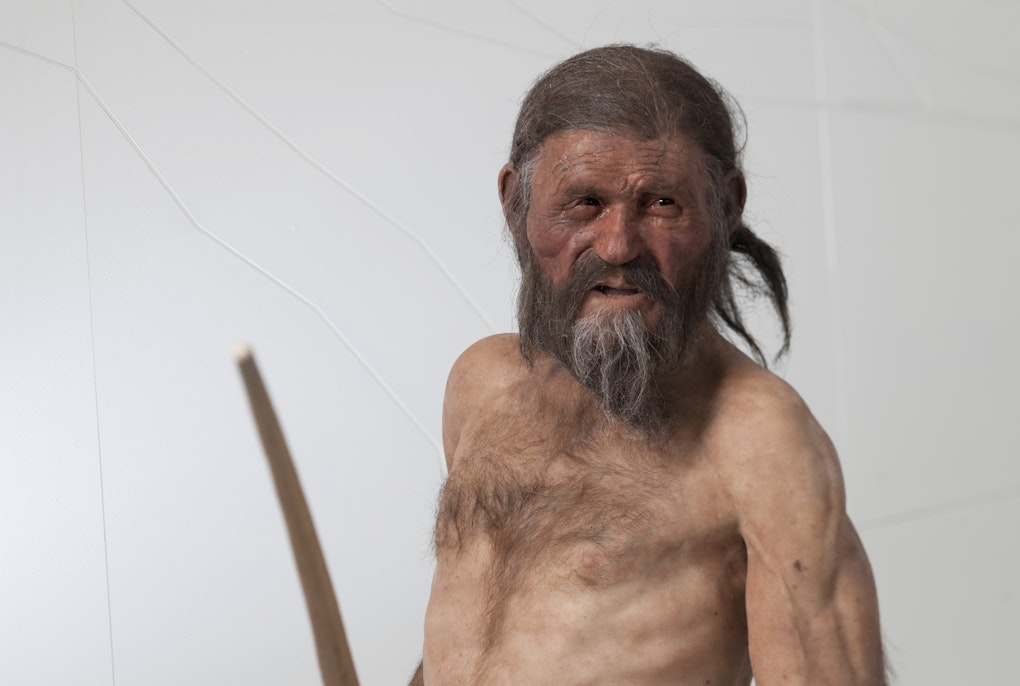Skeletons found in a prehistoric tomb in Ora
Credit: Jasmine Rizzi | All rights reserved
magazine_ Article
The father, son and infant found in a prehistoric tomb
New details from a bioarchaeological study of a grave in Ora
During construction work for the Ora motorway bypass in 2007, excavators came across human skeletons lying under a rocky outcrop. The Provincial Monuments Office commissioned a research team to analyze the remains, which were then dated to the Copper Age (approx. 3000-2700 BC). This year, a team from Eurac Research was able to prove that two of the skeletons belonged to closely related men, most likely father and son, who were buried together with an infant. These results were revealed by analyzing ancient DNA from the remains.
When the burial site in Ora was discovered, the Provincial Cultural Heritage Office of Bolzano commissioned an archaeological and anthropological study of the skeletal remains contained within. Jasmine Rizzi and her team discovered the uneatherd tomb contained two adults and an infant and dated back to about 5,000 years ago. However, several questions remained unanswered. Morphological features seemed to disclose the adult skeletons were two males, but the presence of the infant instilled doubts. Was one of the adult skeletons that of a woman?
Today, ancient DNA analysis has enabled us to determine the adult remains belonged to biological males.
Alice Paladin
“Today, ancient DNA analysis has enabled us to determine the adult remains belonged to biological males.” explains Bioarchaeologist Alice Paladin. “This reminds us that even researchers must always be careful not to be influenced by their own socio-cultural interpretations. It was two adult men and an infant who were found in that burial chamber."
Nuclear DNA study identified a first-degree relationship between the two adult individuals.
Valentina Coia
That of sex is not the only revelation that emerged through biomolecular analysis. “The study of nuclear DNA identified a first-degree relationship between the two adult individuals,” points out Geneticist Valentina Coia. “In addition, we analyzed both the Y chromosome, which is transmitted only paternally, and the mitochondrial DNA, which is instead transmitted maternally, and we were also able to confirm kinship at the paternal level since the two males had an identical Y chromosome lineage. Most likely the two adults were father and son.” Genetic analysis of the infant could not be conducted and a because of this, it has not been possible to establish the infant’s relationship to the adults. “For now we do not have tools that allow us to take DNA samples from such scanty bone remains, but that could change on the future especially considering the speed with which paleogenetic survey techniques are evolving,” Coia continued.
At this point the ball is back in the court of classical archaeology, which has further insights to interpret prehistoric burial contexts. “This study underscores the importance of an interdisciplinary dialogue between archaeology, anthropology and paleogenetics,” the researchers conclude. “Each discipline deepens an aspect and raises new questions that research groups from other fields can answer.”
Theresults of this new research undertaken by Eurac Research were recently published in the Journal of Archaeological Science.





